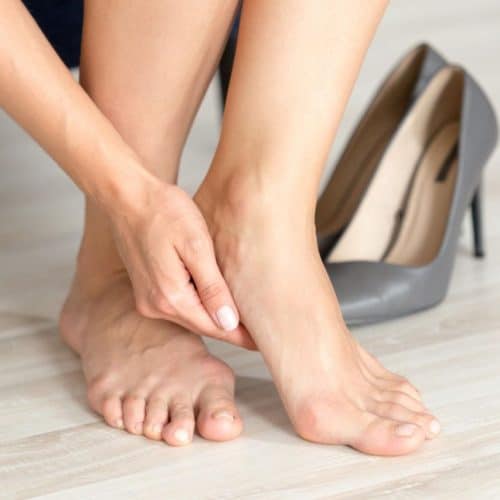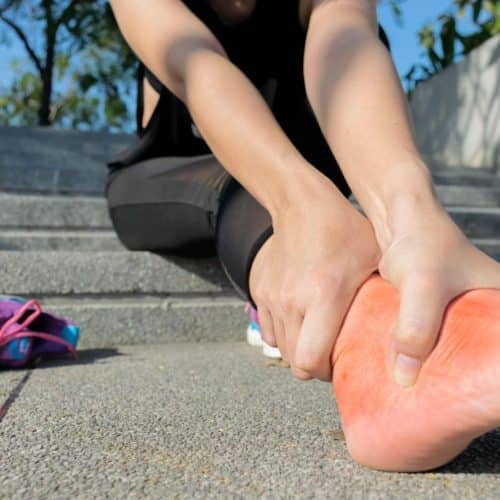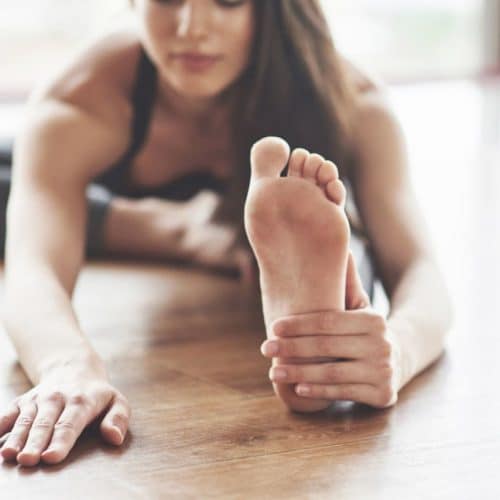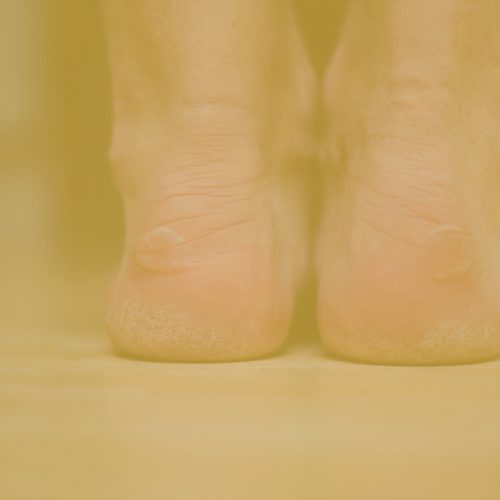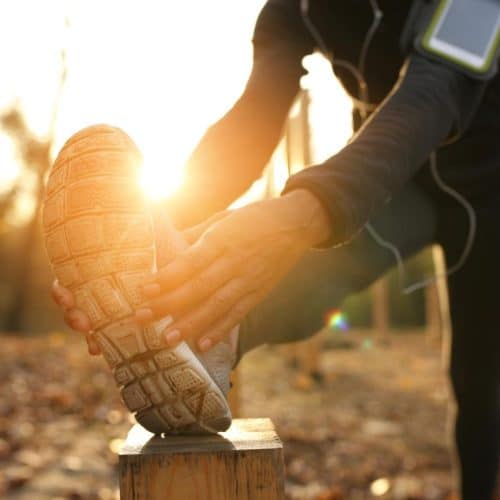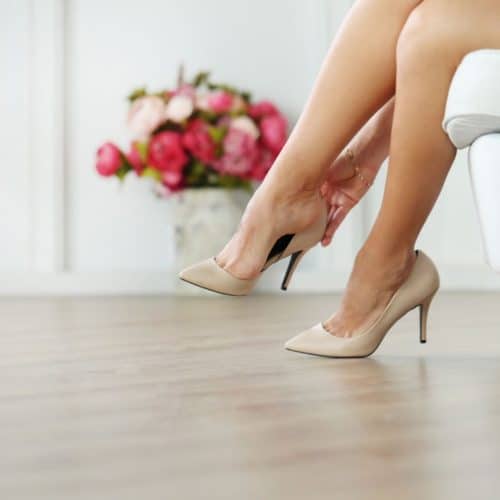Ingrown toenails in babies are not fun, especially when they cannot communicate their feelings.
Ingrown toenails if left untreated, can lead to infections, which is why it is important to be able to recognize early signs of nail irritation in this age group.
Symptoms of Ingrown Toenails in Babies:
- Pain, swelling, and/or redness where the nail irritates the skin.
- One side of the nail appears to be puffier and redder than the same toe on the other foot.
- Your baby flinches or seems unsettled from the touch of this toe.
- Changes in behavior indicate your baby may be in pain- read more.
Causes of Ingrown Toenails in Babies:
- Tight-fitting socks or jumpsuits.
- Cutting of the nails too short or down the sides of the nail.
- The genetic shape of the nail.
- Excessive tissue around the nail- with their gorgeous chubby feet.
Treatment for Nail Irritations in Babies:
- Wear loose-fitting jumpsuits or socks.
- Trim nails straight across.
- Trim nails once a fortnight to not allow them to grow too long and break off.
- Gently pull the skin down and away from the nail and strap with micropore tape.
If you notice any signs of nail infection or irritation in your baby or child, which doesn’t resolve following the above steps; then please see a Podiatrist for assessment and management as soon as possible.
At Well Heeled Podiatry we can offer a range of professional treatment options for ingrown toenails in babies and nail irritations. There is no minimum age for a podiatry assessment, we see babies as young as 2 weeks old if clinically required.
If you have any questions or concerns before booking please contact us.
Advice will be given if a face-to-face appointment is necessary. We will be flexible on timing/feeding with newborns to make the appointment easier for you and bubs :).



